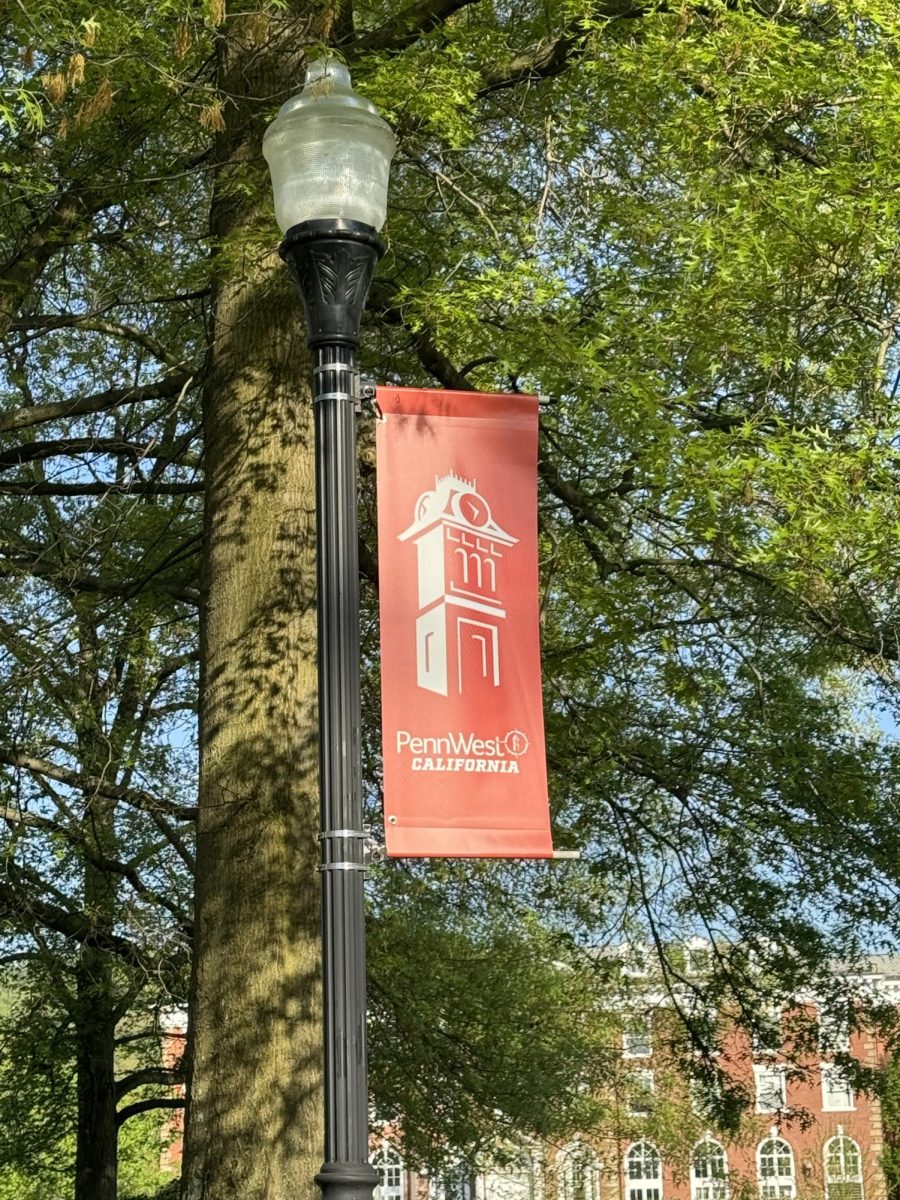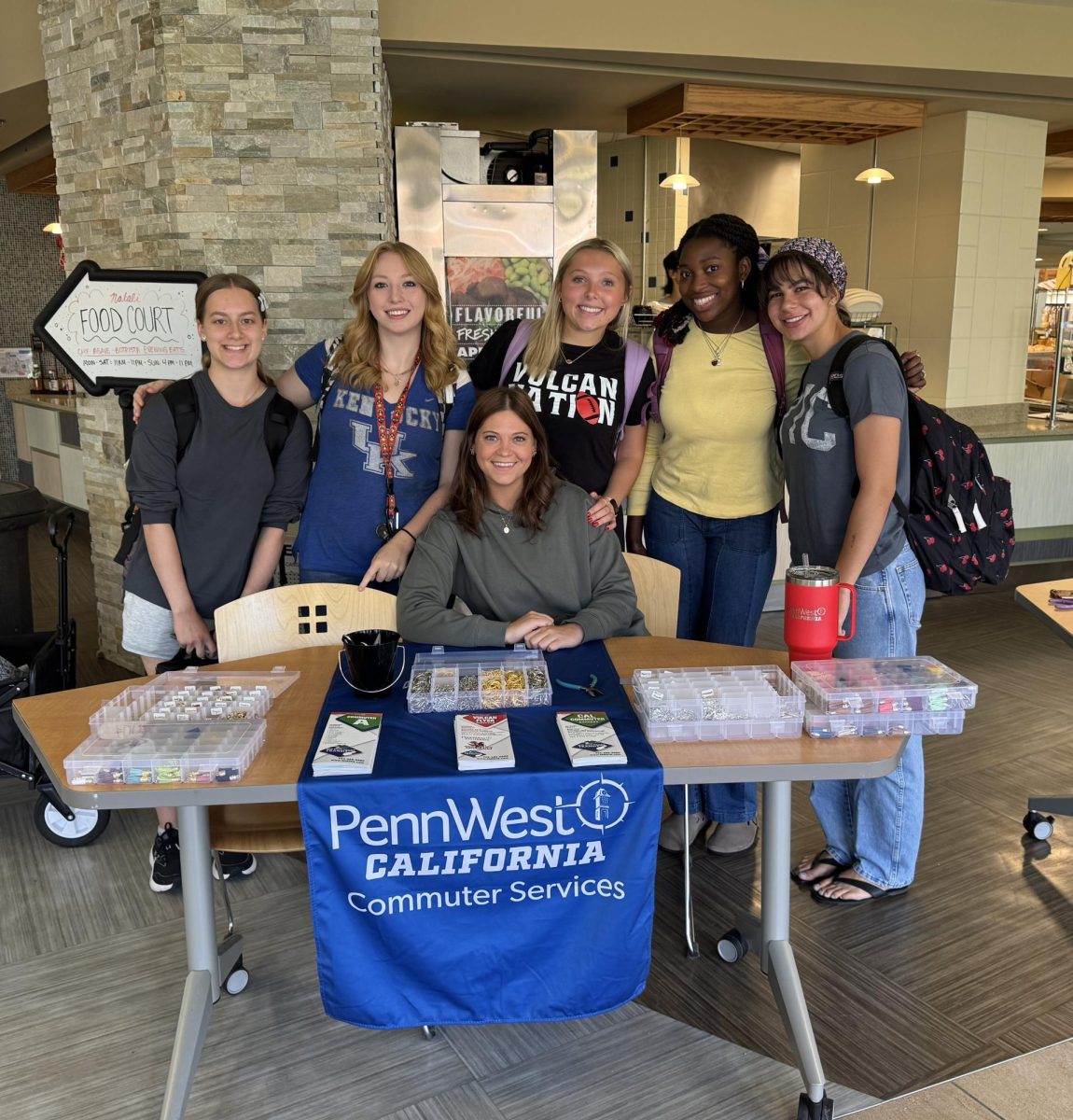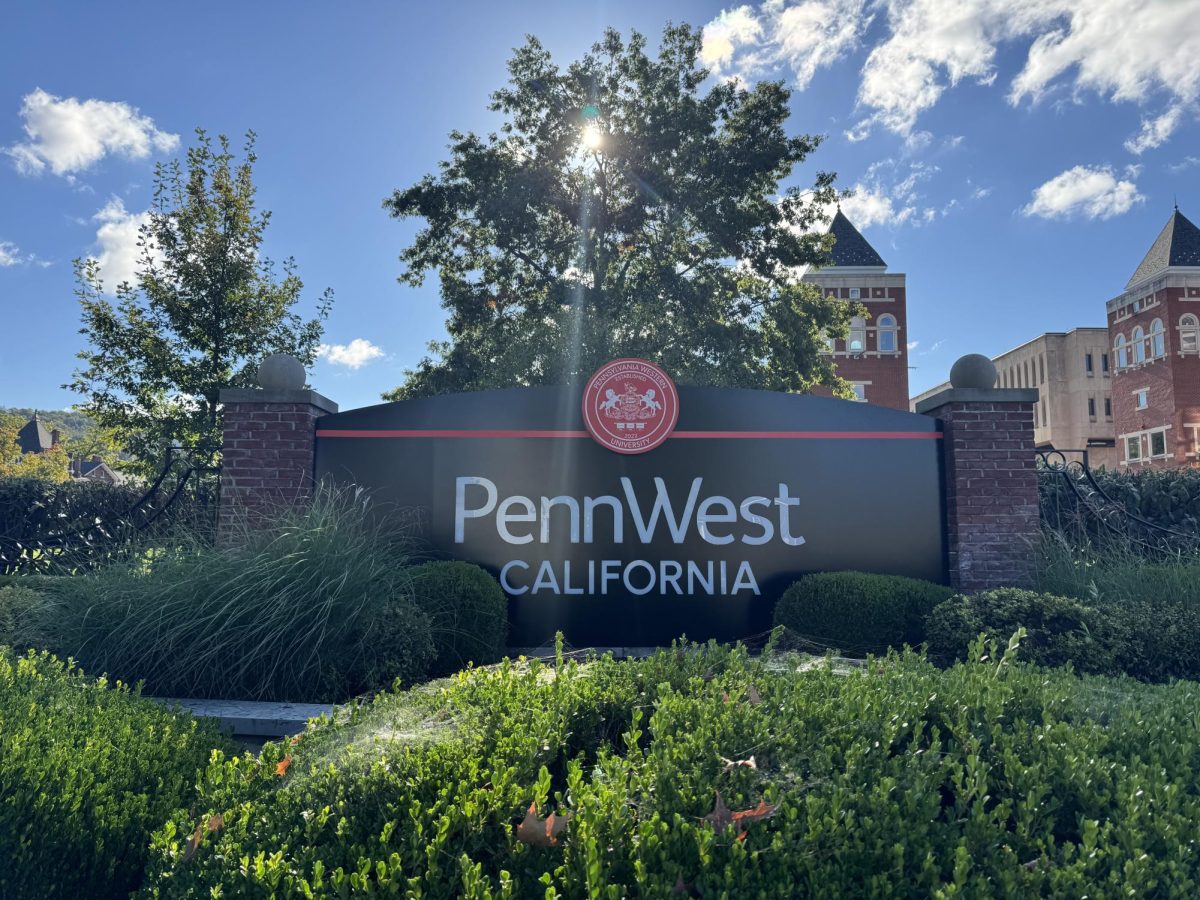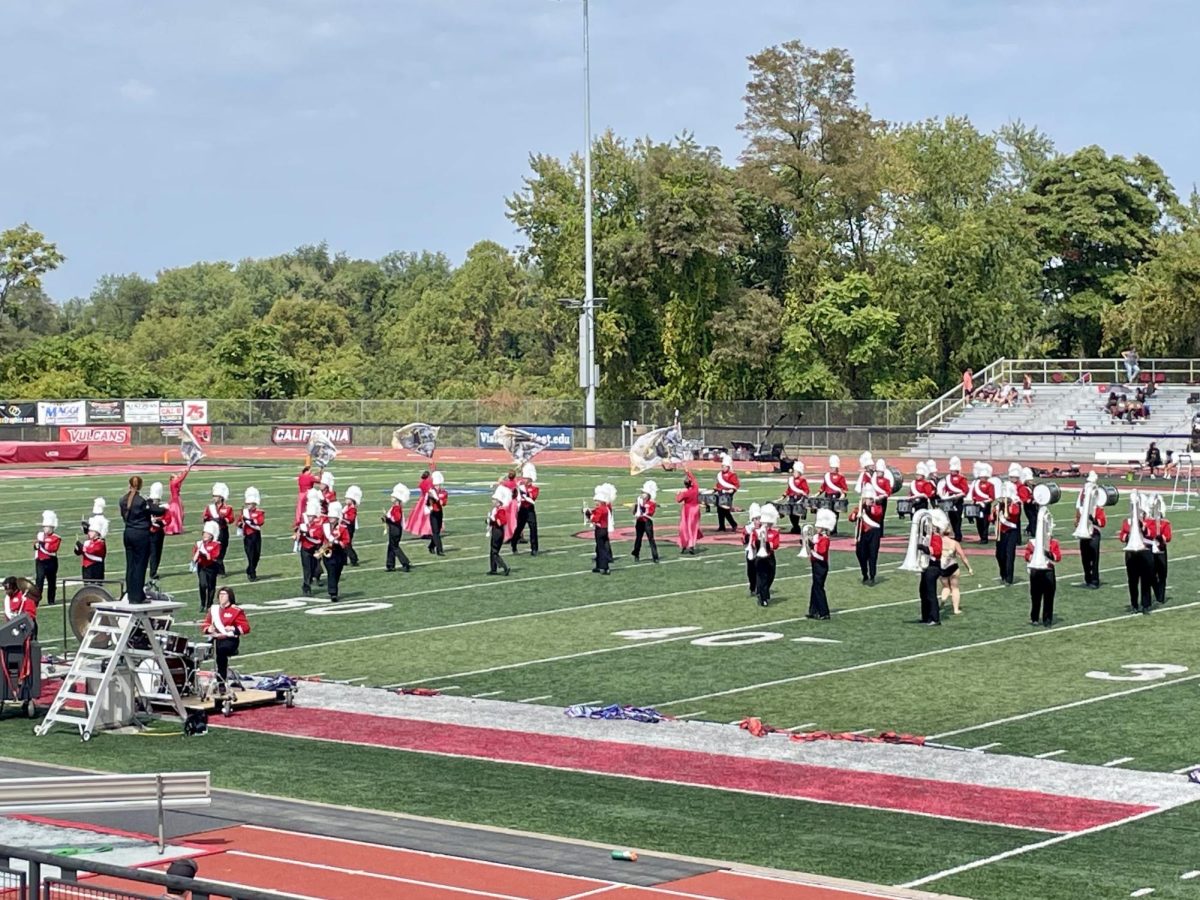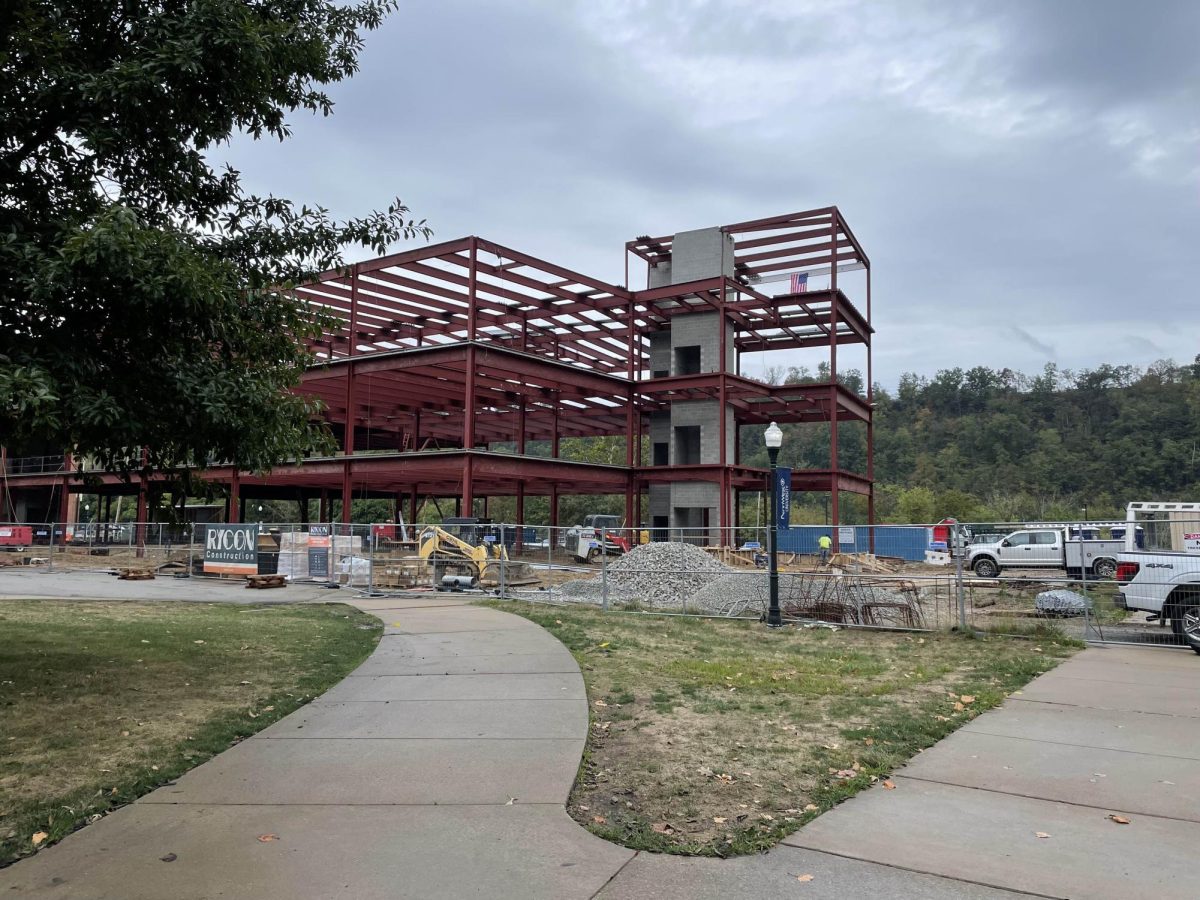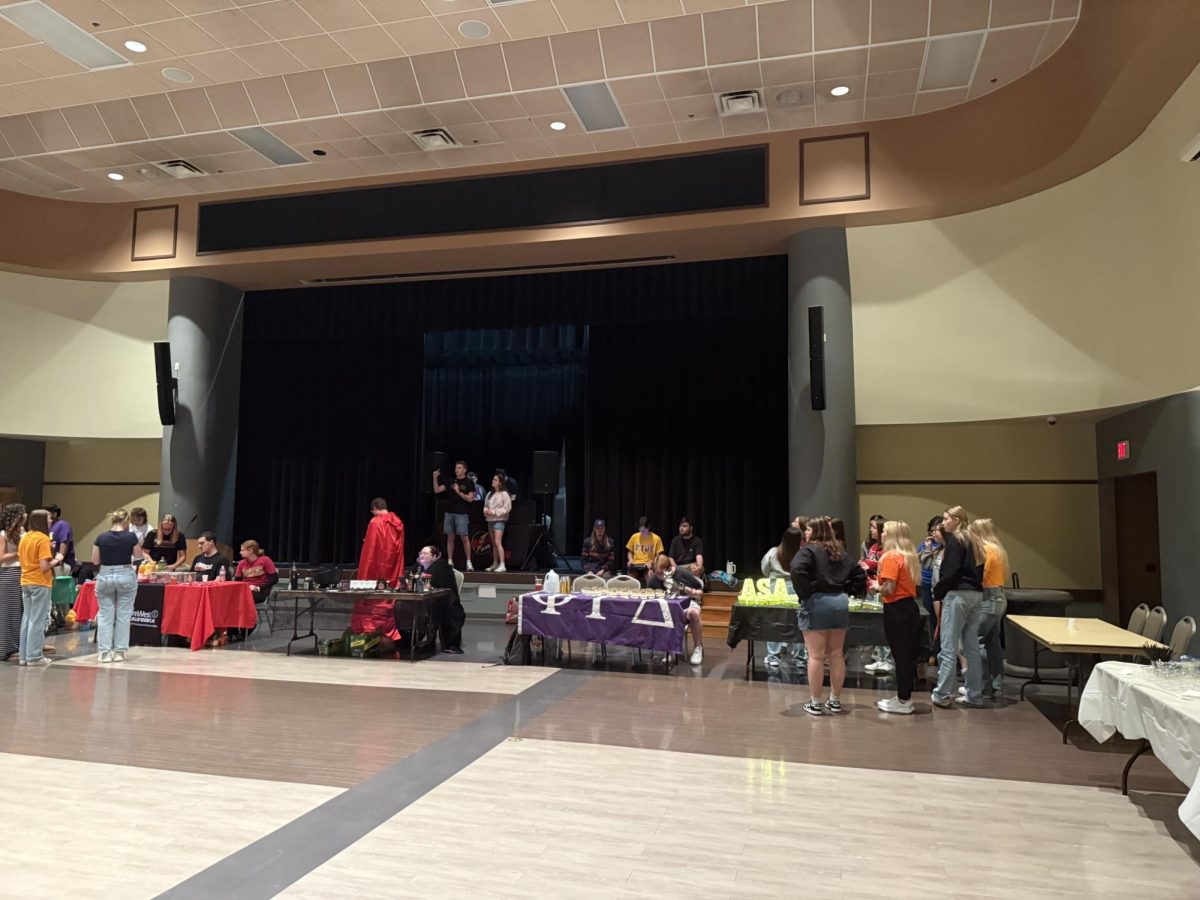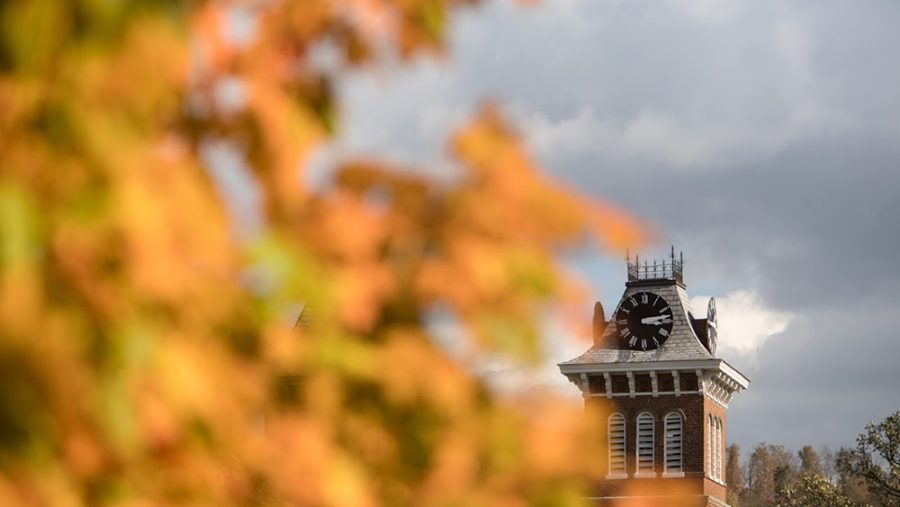Cal Mutual Aid operates on a simple but powerful idea: students helping students without the need for formal structures or bureaucracy. Rooted in the long-standing traditions of many Indigenous and non-Western cultures, mutual aid focuses on meeting the real, immediate needs of the community, whether it is food insecurity, stable housing, tuition support, or emotional solidarity, through direct action and collective care.
At their information table, organizers explained what mutual aid means. “It’s about recognizing that the people most affected by issues should be the ones leading the solutions,” said one volunteer. Flyers and a digital sign-up sheet encouraged students to get involved, share resources, or simply learn more about how to support their peers.
Mutual aid is more than charity, the organizers emphasized. It is a way to address systemic injustices like racism, homophobia, and economic inequality at their roots. It is also a powerful reminder that hardship should never isolate people, instead, it can be a rallying point for community strength.
“We’re sending a message that we will not accept current circumstances where students have to struggle alone. We deserve better, and we can create better together,” stated one student leader of the Mutual Aid network.
Students interested in joining the Cal Mutual Aid network can scan the QR code on the flyers around campus or stop by future events to learn how they can contribute. Whether it is donating supplies, offering rides, sharing meals, or simply listening, there is a place for everyone to help.
In a time when many students face mounting challenges, Cal Mutual Aid shows that compassion and collective action are powerful tools for change.

